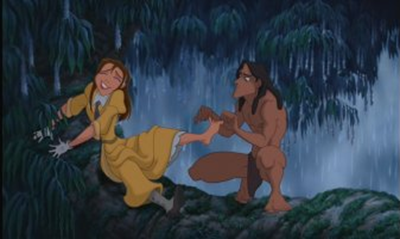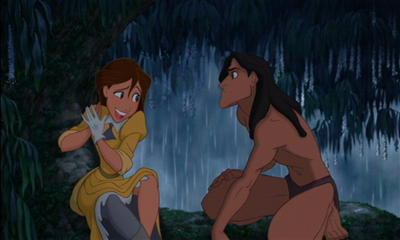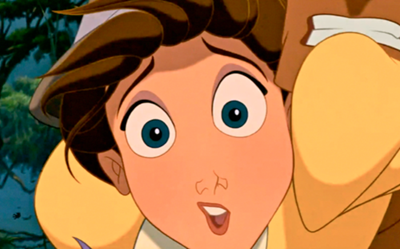Just a reminder – voting closes tomorrow at midnight for the Can You Leave Us Breathless contest hosted by Brenda Drake. I’m a semi-finalist and would love your vote!
In this, my last Dissecting Disney post, I want to take a look at the female animals of the more popular and recent anthropomorphic Disney films from before the renaissance (1989). We’ve already done The Lion King. The females in this role are more often than not relegated to caretaker roles. In the rare occasions with a female lead, they are often categorised into one box and do not cross roles with the other females in the movies. Let’s start by looking at:
Dumbo

Dumbo’s mother, Mrs Jumbo, is the demure, protective ideal mother – to make Dumbo an orphan, they had to remove her, and the only way they can justify that is if she overreacts while protecting him. Perfectly acceptable within a film and grounds for her removal. The other female elephants apart from Dumbo’s mother are uppity snobby bullies. All other characters are male.
Bambi

Bambi’s mother is needed simply to give birth and raise Bambi to his semi-independent child self. As soon as she’s no longer needed, she’s killed off so he can be taken in by his absent yet heroic father. Likewise, Bambi’s mate Faline is needed simply so she can be saved by Bambi (from a suitor so Bambi can assert his dominance, and from the hunters so he can assert his heroism), and so the film can end mirroring the way it opens, with the birth of Bambi’s fawns.
Lady and the Tramp

The three female characters in this film are spread into three distinct stereotypes: the virgin (Lady), the mother (Darling), and the whore (Peg). Lady is completely innocent and naive of the wider world, and she needs Tramp, who is a gazillion times more streetwise than her, to teach her the ways of the streets. Darling is only in the film to provide the role of caretaker and provide the baby-replaces-Lady plot point. And Peg, who knows the Tramp intimately, is portrayed in a seductive way both in manner, pose, and voice.
One Hundred and One Dalmatians

The four female characters are divided into two camps: caretakers and villain. Pongo leads the rescue and Perdita follows behind, submissively doing everything he tells her to. It is Roger who stand sup to Cruella, not Anita. Nanny is quickly dispatched by the bad guys when they break in to steal the puppies. And do I even need to go into Cruella? Ugly, bloodthirsty, a slave to fashion.
The Aristocats

Duchess is basically a cat version of Lady, and she doesn’t know the streets at all after she and her litter are catnapped. The streetwise tomcat O’Malley takes them in and looks after them, ultimately becoming a part of their family after he saves not only Duchess but her kittens, too, from death, and is responsible for saving them multiple times. Duchess, in fact, is not much use at all except to be a damsel in distress.
The Fox and the Hound

There are three female characters in this film: the caretaker (Tweed), the wise one (Big Mama the owl) and the coquette (Vixey). Tweed’s job is to keep Tod alive and safe throughout his childhood until he can be handed off in adulthood to Vixey via Big Mama’s wisdom. Vixey’s job is to teach Tod how to be a wild fox. The three roles do not overlap.
Oliver and Company

There are also three female characters in this film, and they take on three roles that do not overlap: the spoiled bitch (Georgette), the caretaker (Jenny), and the streetwise token girl (Rita). The two dogs are not important to the plot at all, but Jenny is.
Well, that’s it, folks. My final Dissecting Disney post. It sure was fun while it lasted, and I got to view some films I’ve never seen before. Remember, next week I’m participating in NaNoWriMo and will update my blog as often as I can.


 So instead, this week I watched The Princess Diaries because technically it is a Disney film and the protagonist Mia is a princess.
So instead, this week I watched The Princess Diaries because technically it is a Disney film and the protagonist Mia is a princess.


















